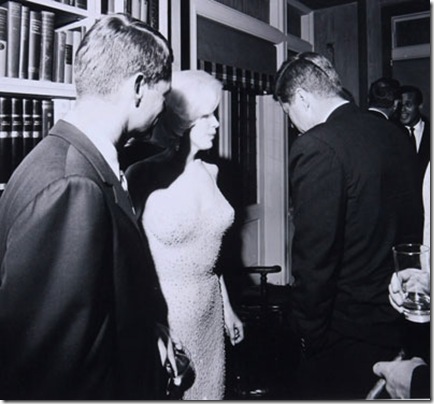READERS: Before reading this post, please read Parts One and Two of Princess Margaret’s Trip to America, 1979.

This family portrait of Princess Margaret and her children, Lady Sarah Armstrong-Jones, 15, and David Armstrong-Jones, Viscount Linley, 17, was released to the press just as the Princess embarked upon her fundraising trip to America to raise money for the renovations to the Royal Opera House at Covent Garden. The Princess was President of the Royal Ballet. October 1979. Photo by Norman Parkinson.
On October 11, 1979, Princess Margaret (1926-2001) and her entourage landed in Chicago to begin her tour of America to raise funds for the renovation of the Royal Opera House at Covent Garden, London. As President of the Royal Ballet, she would appear in five cities over a course of sixteen days. She would start off with a stay of five days in Chicago’s Drake Hotel. Upon her arrival, she met with a group of journalists and made her first faux pas. She asked Chicago Sun-Times columnist, Irv Kupcinet, who wrote a syndicated column, “Kup’s Corner” a foolish question.
“Is Richard Daley still mayor of Chicago?”
Kupcinet was aghast. Not only had Daley been dead for three years, two other mayors had been elected since then. Jane Byrne was mayor now. She was the first woman to be elected mayor of a major city in the United States. Byrne was educated (bachelors’ degrees in both biology and chemistry), savvy, and powerful, having begun her political career in the Democratic Party as a volunteer in the 1960 U.S. presidential campaign of John F. Kennedy.
John F. Kennedy was the 35th president of the United States — the youngest ever elected….But perhaps what most set him apart when he was elected was that he was Irish. And even more unthinkable: he was Catholic. His family was built on its faith. His campaign for president was almost crushed by it.
Jane Byrne, too, was Irish and Catholic. All Chicago mayors since 1933 were Irish. Jane, 46, had just returned from a trip to Ireland. She went there after her September 5, 1979, appearance in London at the funeral of Lord Louis Mountbatten, assassinated August 27 by Irish radicals of the Provisional Wing of the Irish Republican Army. Mayor Byrne was part of a ten-member U.S. delegation headed by former New York Governor W. Harriman traveling to England at the request of President Carter. While she was there, Byrne met in Ireland with the Irish Prime Minister Jack Lynch to discuss the current political situation in Ireland and the United Kingdom. She went on to County Mayo to research her family’s Irish roots.

Mayor Jane Byrne of Chicago strums an Irish harp in a Dublin pub. She stopped over in Ireland after representing the U.S. at the September 1979 funeral of “the fallen warrior,” Lord Louis Mountbatten, assassinated by IRA terrorists the previous month. Byrne is in Ireland to research her family genealogy. Chicago Tribune, Sept. 8, 1979.
Sir Nicholas Henderson, newly-appointed as the British ambassador to America by Prime Minister Margaret Thatcher of England, was traveling with the Princess’ party. He was puzzled as to why Chicago was one of the stops. He wrote in his diary that it was
…not to my mind, an altogether straightforward piece of fund-raising, given that we are in the heart of the Middle West.
Henderson should have been briefed. True, Chicago was in the American Midwest, but the Chicago of 1979 was no longer the cow and pig town of the early Twentieth Century of which, in 1914, American Poet Carl Sandburg immortalized in his poem, “Chicago”:
Chicago
Hog Butcher for the World,
Tool Maker, Stacker of Wheat,
Player with Railroads and the Nation’s Freight Handler;
Stormy, husky, brawling,
City of the Big Shoulders
An even more disparaging portrayal appeared in print in 1952 in the book, Chicago: The Second City, written by A.J. Liebling, “a disgruntled and displaced New Yorker whose few months’ sojourn in Chicago provided him enough ammunition for a malicious attack on the City of Big Shoulders.”
For the cosmopolitan Mr. Liebling, Chicago consisted of an “exiguous skyscraper core and the vast, anonymous pulp of the city, plopped down by the lakeside like a piece of waterlogged fruit.” Liebling saw no cultural life in Chicago to speak of, no worthwhile theatre, no decent dining spots or nightclubs. To Liebling, the city was a conglomeration of dullards and conventioneers whose idea of a night on the town was a meal of “pig’s ribs” followed by a trip to the nearest strip joint. (1)
In 1954, with the building of its Lyric Opera House, Chicago hoped to distance itself from its former déclassé image as The Hog Butcher of the World where haute cuisine was considered a meal of pig’s ribs. The Lyric Opera House of Chicago is North America’s second-largest opera auditorium, after the Metropolitan Opera House in New York City. On Sunday, October 14, Princess Margaret would attend a matinee performance of the Lyric Opera of Chicago where Leontyne Price and Luciano Pavarotti would perform. The night before she would attend a private dinner at the private home of millionaire Abra Prentice Anderson.
Chicago was cosmopolitan now, with a vibrant social life with lots of rich, well-coiffed women raising money for good causes. Rockefeller heiress and Chicago’s No. 1 debutante in 1961, Abra Prentice Anderson (b. 1944), was one of these social tigresses, a philanthropic treasure, who lent her energy to supporting the Lincoln Zoo, Prentice Women’s Hospital, and Ethel Walker’s Boarding School.

Actress Barbara Rush and journalist Abra Prentice Anderson appear at a 1969 Prentice Women’s Hospital Board tea. The hospital is named for Abra’s parents, the Rockefeller Prentices.
Abra, tall at 5’10, with thick, dark hair, began her career in journalism in 1966 as a fledgling reporter for the Chicago Sun-Times, purportedly being one of the first to cover the story of the murder of eight Chicago nurses by Richard Speck. From 1969-1972, she and her husband the impossibly-handsome Jon Anderson had a gossip column of their own in the Chicago Daily News called “Jon & Abra.” At the time, the Andersons were Chicago’s No. 1 “young couple about town.” In 1972, Abra came into her fortune of $35 million and, with Jon, launched the short-lived monthly magazine, The Chicagoan. The two divorced in 1976. Abra was still employed by the Sun-Times. In a 1979 Tribune “Lifestyle” article, Abra was listed as one of Chicago’s ten most eligible women. She wasn’t in a hurry to remarry, she said in the interview for the piece:
“Basically, I’m financially independent, I’ve had my children, so there’s no reason for me to get married again unless I meet someone I can’t live without….I’m a better person than I was before I got married the first time. I’m more secure, I’m willing to take more risks, and I don’t have zits anymore.”
When Abra’s daughter, Ashley Prentice Norton, was eight or nine years old, ca. 1978-79, Abra sent out a Christmas card with a photograph of her and her three children posing stark naked. Ashley was mercilessly teased at school and Abra was raked over the coals in the Chicago gossip columns. Abra did not regret sending out the controversial snap, saying that the nudity was tastefully done. (2)
Saturday, October 13, Princess Margaret was the guest of honor at Abra’s Drake Tower penthouse with its posh address on North Lake Shore Drive, then called “the richest block in Chicago.” Abra and her little children lived on the 29th and 30th floors in the Drake Tower penthouse. Ashley Prentice Norton, in her novel, The Chocolate Money, described the penthouse:
I venture into the living room….[I]t’s the best room in the aparthouse…[I]t is two stories high and takes up one whole half of the aparthouse. Standing in it is like being in a Lucite box that’s suspended in the sky. Instead of a solid wall, there is a huge pane of glass that goes floor to ceiling and allows for an amazing view of Lake Michigan. Besides being really big, it has cool things, like the spiral staircase that winds up to her [Abra’s] bedroom. The steps are big chunks of creamy veined marble, and the railing is a long silver tube that curves like a Krazy Straw. Straight silver bars connect the railing to the steps….
What Abra Anderson really liked to do was throw a party. Everyone wanted an invitation. As was the custom, Abra’s fifty dinner guests arrived ahead of Margaret, allowing her to make her royal entrance. She was usually late, sometimes hours, but that was to be expected. Princess Margaret was seated at the table with Mayor Jane Byrne (1933-2014) who had arrived on the arm of her husband, former reporter, Jay McMullen, also a colorful Chicago fixture. He was known for his bawdy tales of sexual conquest and weird ties made of yarn. McMullen had appointed himself the mayor’s “tough guy,” protecting her against the press and anyone else he deemed harmful to his new bride.
Mayor Byrne remarked to Princess Margaret that she had just returned from England where she had attended the funeral of the Princess’ second cousin, Lord Louis Mountbatten. Out of Margaret’s loose mouth rolled these words,
“The Irish; they’re pigs.”
Too late, she realized her mistake. Turning to the Mayor, she gasped.
“Uh-oh. You’re Irish.”
Irv Kupcinet, known as “Kup,” who was the first journalist to report the story in his Tuesday, October 16, 1979, column says that the Mayor was outraged and left the dinner as soon as possible. It was not revealed for three weeks who had leaked the story. Later it was determined that it was Jay McMullen, the Mayor’s husband. This revelation ran in the Chicago Sun-Times at the end of the month, now outraging the hostess, Abra Anderson, who resigned her “Click” column at the Sun-Times.
Word of Margaret’s remarks traveled fast. Newspapers hounded her social secretary, Lord Napier. He denied that Margaret had used derogatory words. At first, Mayor Byrne denied Margaret had said those words. Then her press office said that the Mayor and Princess Margaret had discussed Irish jigs. This comment was so ridiculous that a Guardian journalist in London pondered sarcastically whether or not Princess Margaret does not eat Irish figs.
Later, Mayor Byrne confirmed that Margaret had made the remark but that she was referring to Irish terrorists as pigs, not the Irish people. Then Abra Anderson confirmed that Mayor Byrne had told her of the conversation. The proverbial poopoo hit the fan. Newspapers from New Zealand to Scotland to Tyler, Texas carried the story.
On the 1980 Census, forty million Americans would declare Irish ancestry. Many people in America and globally considered Margaret’s words to be an Irish slur. They became infuriated. They planned anti-British protests at each of the next of Margaret’s planned tour events. In Irish pubs across America, patrons passed tin cups at “Irish brunches” to gather dollars for NORAID, the IRA’s money source. NORAID claimed the money was used to support widows and orphans. Prime Minister John Lynch of Ireland called that “hogwash.” The money is used to create widows and orphans. Nevertheless, Margaret had given their cause of kicking the British out of Northern Ireland through guerrilla warfare a rallying cry.
Headlines excoriated the Princess:
‘Irish are Pigs’ causes work stoppage
Meg in Irish Stew
Margaret in hot water over ‘Irish pigs’ remark
Irish ‘pig’ puts her majesty in a poke
In England, however, where the British people and the Royal Family were still in shock and mourning for Lord Louis Mountbatten, feeling ran in a different direction. From the Newcastle Journal, October 23, 1979, a letter was published from a reader to the Editor:
Had no one a kind word for Princess Margaret? She’s not on the list of my next dinner party, but if she were, I would expect her to choose a rather stronger epithet than ‘pigs’ for the terrorists who assassinated her favourite uncle.
Then there was the British writer, Auberon Waugh, writing in his Private Eye diary from England, that “all over the country people are raising their glasses to toast the Bonnie princess.” This annoyed him, writing that for Princess Margaret’s entire life,
“this woman has been flouncing around embarrassing everybody with her rudeness, self-importance, and general air of peevish boredom. Now it looks as if everything will be forgiven for the sake of one bon mot.”
Then there were the pig lovers.
Margaret had traveled to America with 27 trunks full of jewels and designer clothing, the American ambassador, a lady-in-waiting, a social secretary, a Scotland Yard bodyguard, and three others but neglected what she needed most: a press secretary to quell the furor that erupted into a major international incident of dangerous proportion. Why had Buckingham Palace and the Foreign Office given Margaret’s trip the green light when anti-British feeling was at such fever pitch? Flames kept being fanned as more and more papers picked up the story and comments continued, both in favor of and against the Princess.
Readers: For more on Princess Margaret on this blog, click here.
Sign up for email notification when I post Part Four: Princess Margaret’s Trip to America, 1979.
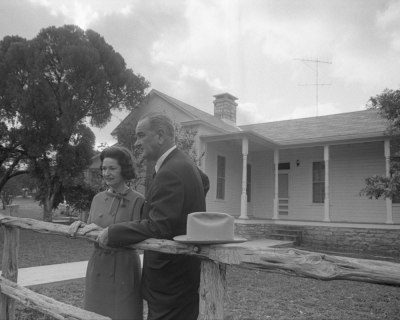


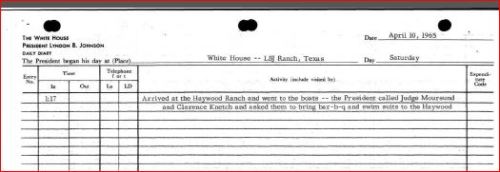





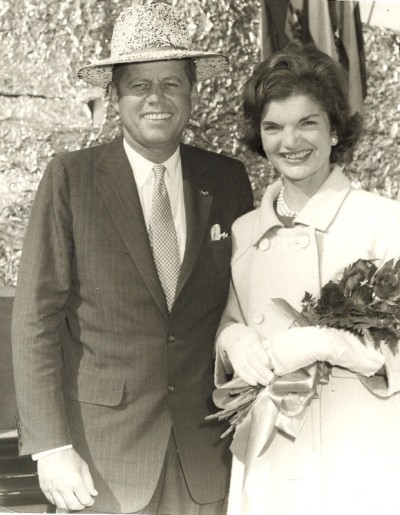











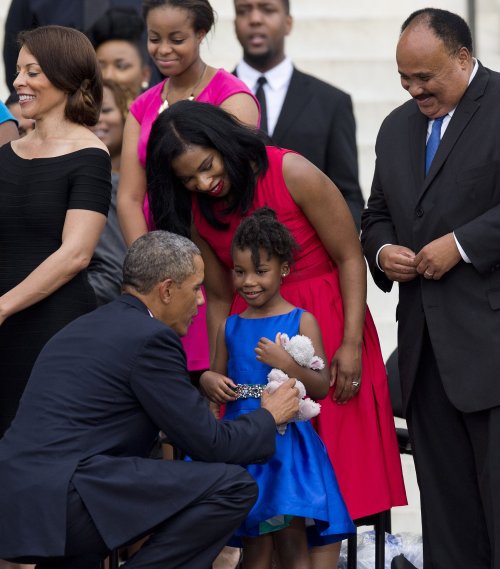



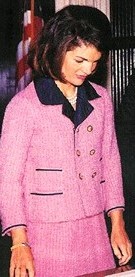











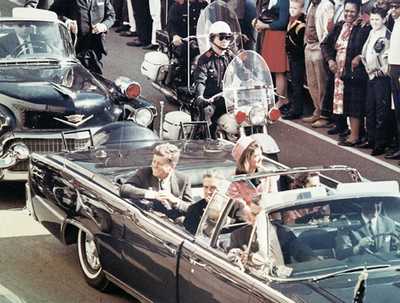

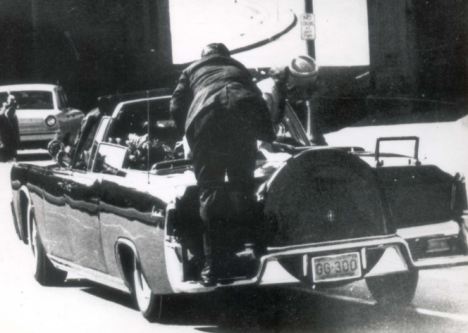
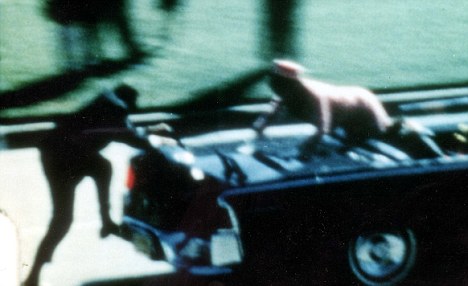



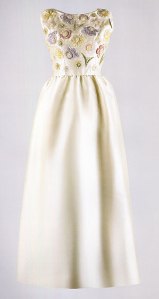






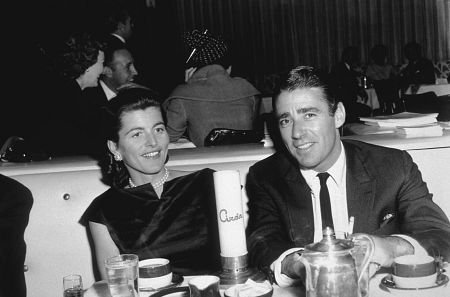



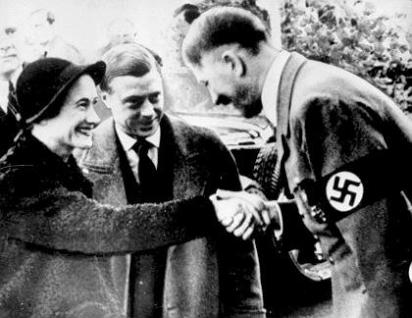


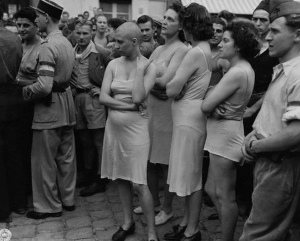
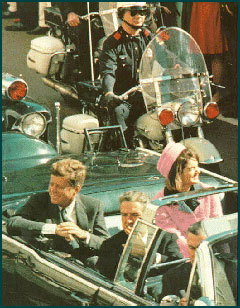


![Gentlemen Prefer Blondes [A1] (Marilyn Monroe) Marilyn Monroe in "Gentleman Prefer Blondes" (1963)](https://lisawallerrogers.files.wordpress.com/2009/09/gentlemen-prefer-blondes-a1-marilyn-monroe.jpg?w=500)


